When summer rolls around our part of the Ozarks, the rivers and parks teem with weekend adventurers. And like the Echinacea plants that dot the roadsides, signs start to spring up selling firewood for campers — at prices that make my head spin.
When you only need a picturesque campfire to roast some hot dogs and marshmallows, I suppose spending $10 for an anemic armload of wood is part and parcel of the experience. It certainly saves the forest campgrounds from successive waves of foraging campers.
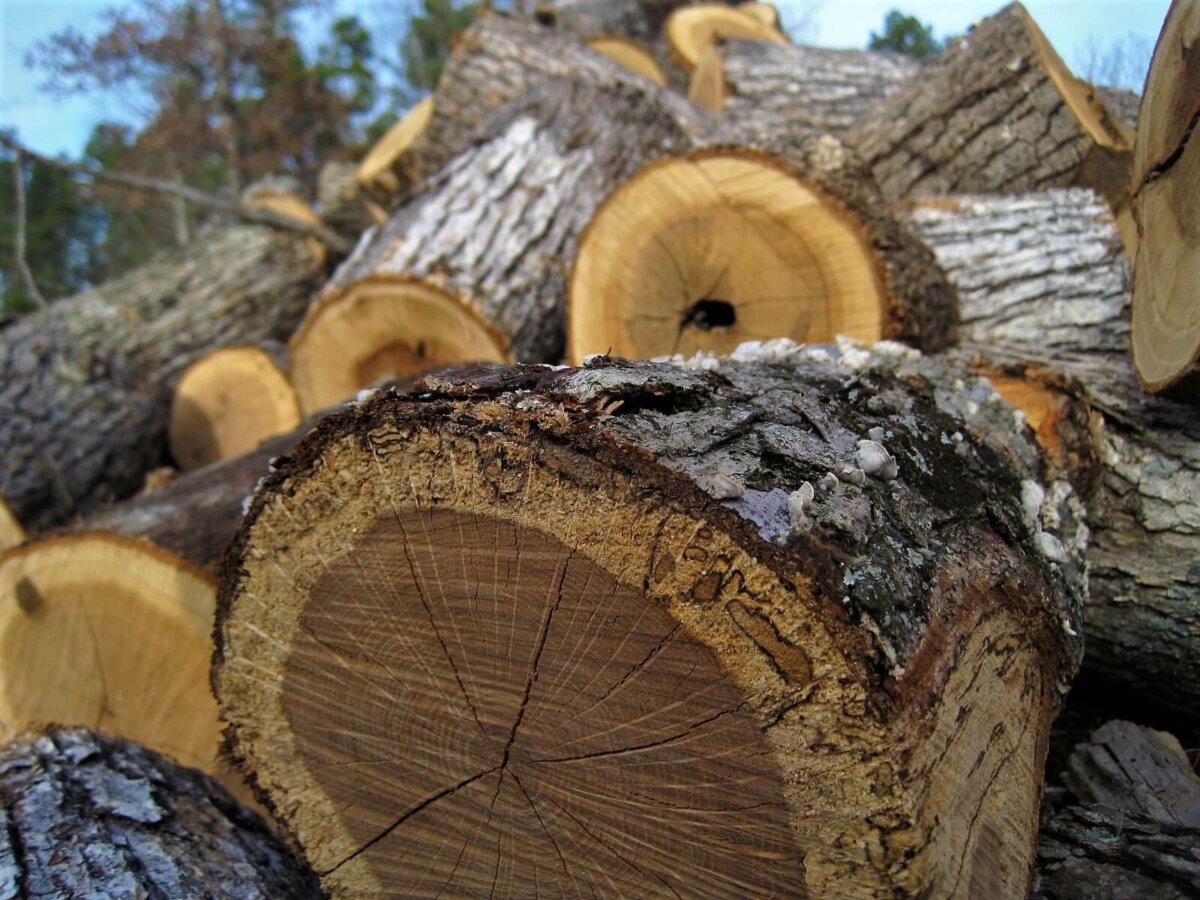
But if you heat your home with wood, as many homesteaders do, you have to think about wood in terms of cords, not bitty bundles. Stocking the woodpile for the winter months is an important annual endeavor, and finding the wood to fill it may be a challenge in your area.
In most parts of the country, the forest and its endless supply of free firewood is now only the stuff of history and Laura Ingalls Wilder novels. No need to despair, though! There is plenty of free firewood still out there in this modern age — you only need to know where to look and who to ask.
Places To Find Free Firewood
Whether you live on a 100-acre homestead or a post stamp of a city lot, it is completely possible to heat your home with a wood stove and not have to fork out a single dollar for the fuel. If you’re willing to put in the legwork, that is. Here are our homestead tips for where to find free firewood safely, legally, and thoughtfully.
Craigslist
I’m pretty sure there’s no better resource for free firewood than your local Craigslist. While you’ll often see split firewood sold, you’ll also see folks who just want the dead tree out of their yard, who would be relieved if someone took it. Check out the “Free” tab. Oftentimes, a listing for wood can be found there.
For the price of your time and travel, you could easily gather as much wood as you want. Make a habit of checking your local listings daily, or at least weekly.
Another method is to place a “Wanted” ad offering to remove a dead or fallen tree. Someone may take you up on it. We’ve never had a negative experience with our Craigslist pickups, but take a friend you trust along with you in case you feel uneasy about meeting strangers.
Your Own Woodlot
If you have the acreage for it, you can source all of your firewood needs from your own forested property. Managing a woodlot isn’t simply cutting down trees indiscriminately. It’s a multifaceted effort that, when done well, results in a healthy forest, a pleasant place for humans and wildlife alike, a constant source of fuel and building timber, and even an opportunity to make side-income for the homestead.
Though it may sound counter-intuitive, cutting down trees can make a better forest. It’s a balance of removing diseased and dangerous trees, pruning up-and-coming saplings to take their place, leaving the odd snag or two for owls and woodpeckers to nest, opening up the forest floor so fewer plants have to fight for sunlight and nutrients, and truly enjoying the peace of your own private forest.
If you’re interested in learning the art of woodland stewardship, I heartily recommend The Woodland Steward by James R. Fazio. It’s a great resource for both understanding and caring for the forest on your property, and goes into far more detail than I can neatly summarize in this brief article.
National Forests (Almost Free)
You may not know it, but many of the wild forests of the United States are still available as a source of firewood to heat your home. For a very small fee per cord — sometimes as little as $5, though the rates vary per state — you can be licensed to harvest firewood from a specific tract of National Forest.
Look through this list to find the National Forest nearest you. Then check out this blog post which details the process succinctly if you want more information.
Please note that although they are both public lands, National Forests are NOT the same as national parks. National parks are run by the National Park Service (not the Department of the Interior) and cutting down trees there is considered poaching.
Additionally, just because firewood can be legally harvested from a National Forest doesn’t mean you can help yourself without going through the registration and permit process. There’s a minimum $300 fine if you do.
Wood Pallets
Wood pallets make very serviceable firewood. Most of them are made out of untreated hardwoods (you want to make sure you never burn treated wood), and merely need to be pried apart and cut to fit the firebox. And finding free wood pallets is like a treasure hunt, too!
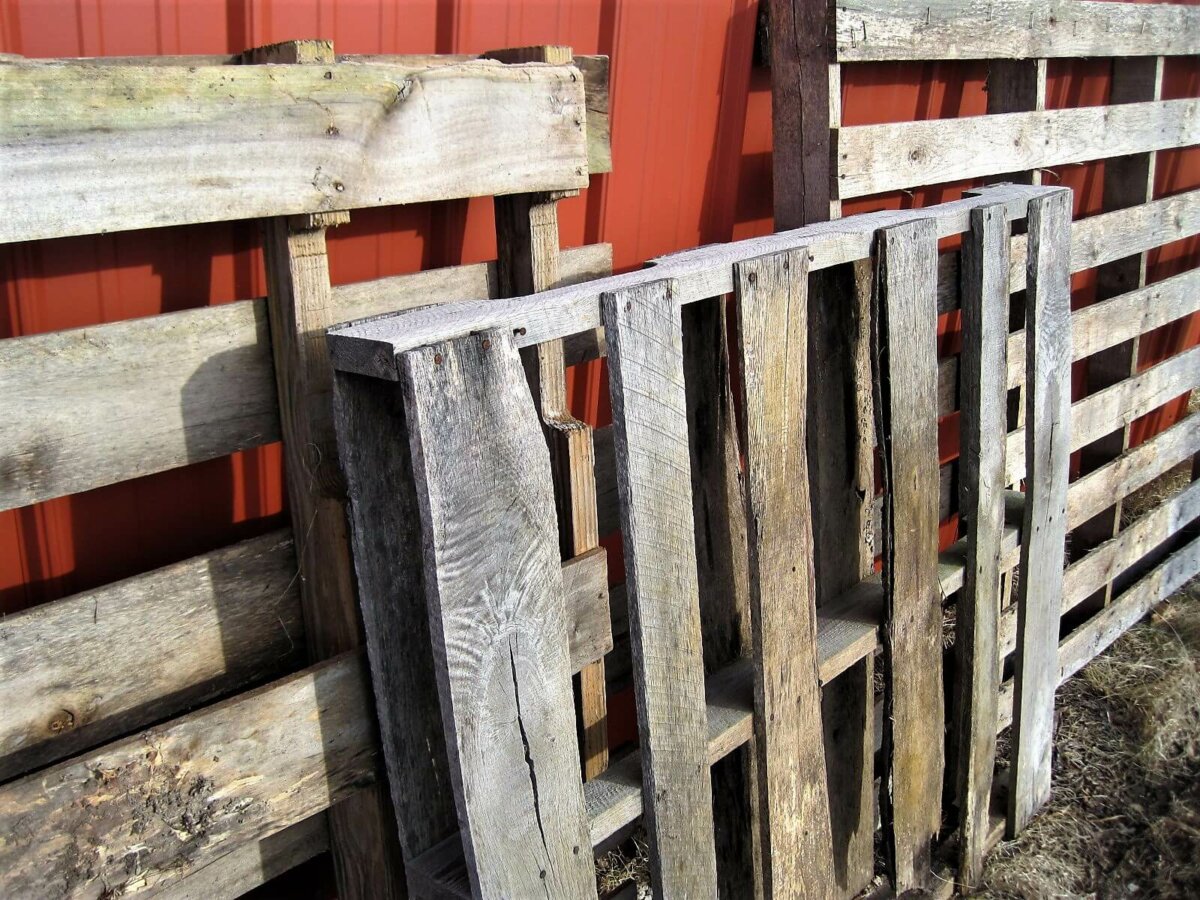
I would recommend saving yourself the hassle of trying to remove every screw and staple from the wood before using them as fuel. Be careful to avoid them when you’re cutting the boards to size, and then burn them without worry. When it’s time to clean the firebox, simply sift the ashes through a screen before you send them to the compost or garden.
ChipDrop
ChipDrop is another little-known way you can score some free wood for the woodpile. Basically, you can sign up to be put on a list for arborists to deposit wood chips or logs at your home with free delivery. Even though you can’t schedule the drop-off or specify how much, it’s a pretty sweet deal for the low price of signing up online.
Places Where Land Is Being Cleared
Construction zones are often destructive, but you can glean some benefit. If you observe a forest being leveled, find a construction company worker or foreman and ask if you can help yourself to some of the fallen timber. In our area, we often see mountains of branches from trees being cleared for construction.
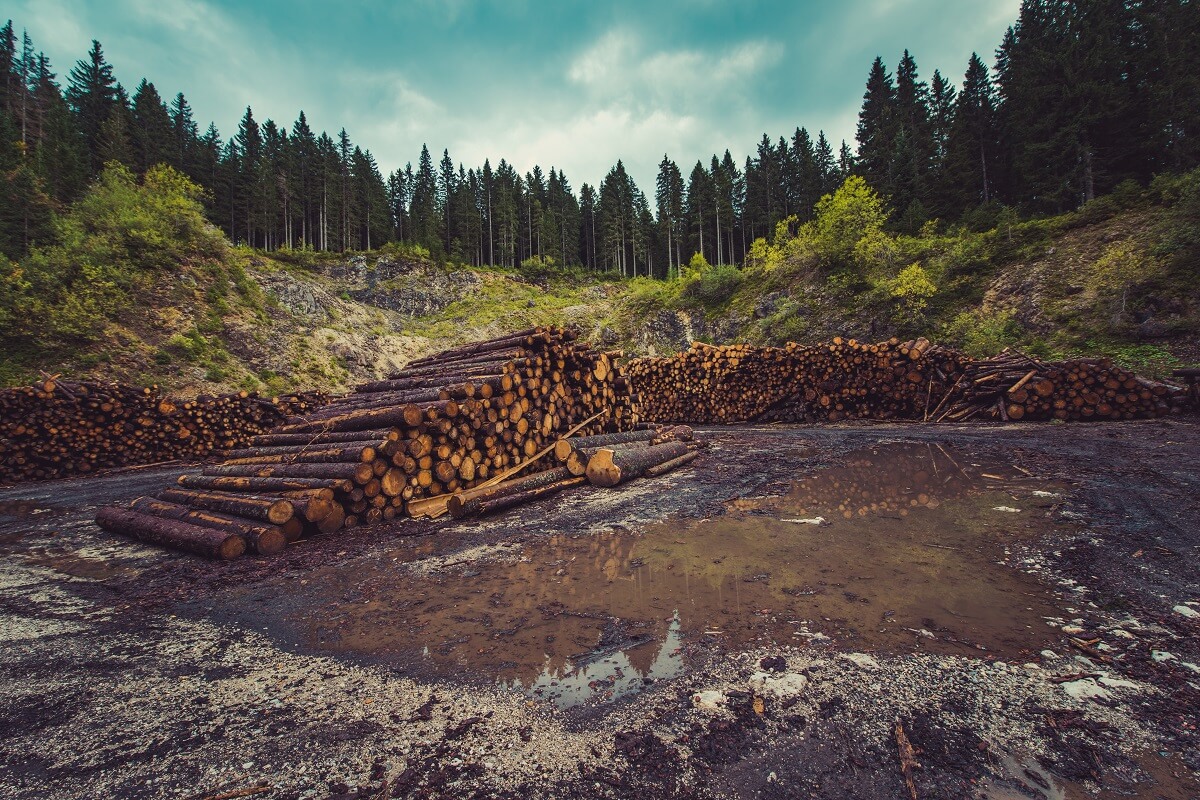
You can also benefit from a property being logged. If you live in an area where this is common, you may be able to gather firewood from the discarded crowns and branches of the harvested trees. Loggers are usually after the trunks. But as ever, you’ll need to ask permission from the landowner.
Related Post: Best Log Splitter
Our homestead had been logged by the previous owners before we bought it, and though it was left an absolute mess, it was a mess of branches that we have repurposed or burned ever since.
Brush Cleanup In The City
In early spring or fall, city services often schedule a pick-up day for dead branches, leaves, and other natural lawn waste. Find out what dates are scheduled for your area or closest town, and then take a drive to see if anyone has piled a stack of useful branches at the side of the road.
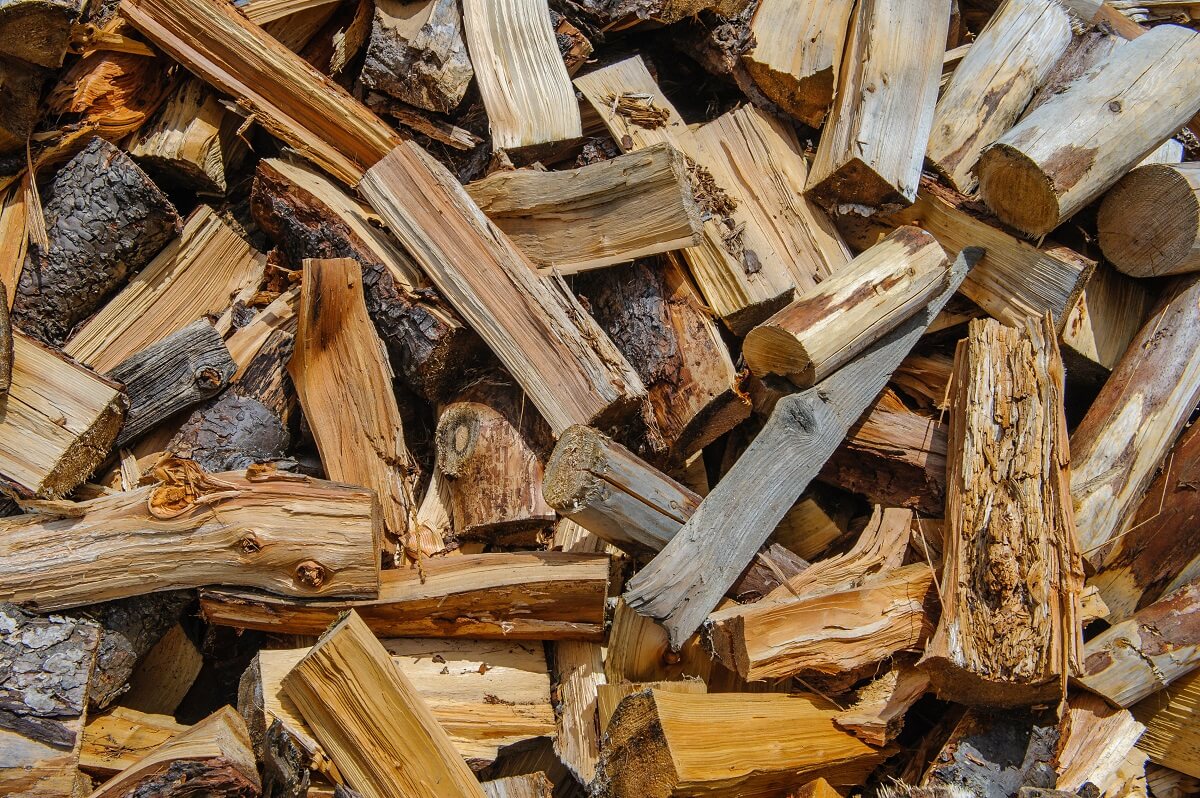
Though the branches may be small in diameter, they are still excellent firewood. Gathering in the spring will give you all summer and fall to have them season/dry in time for their winter service.
Whenever You See A Tree Being Cut
Though this situation can’t be planned in advance, you can sometimes happen upon free firewood just by driving your daily route. Keep an eye out for folks cutting down trees — especially after windstorms. Chances are (especially if you’re not in a rural area) they don’t want the wood, and having someone get it off their property would be a boon.
Just make sure you introduce yourself to the property owner and ask permission before venturing onto private property.
Basics On Harvesting Free Firewood
In most instances, free firewood is free in terms of monetary exchange only. It will still cost you something in effort, time, and skills.
As such, you’ll need to be equipped to gather this resource. Specifically, you’ll probably need a pickup truck and some gloves. And if you’re harvesting the trees yourself, add a chainsaw, safety equipment, felling wedges, and enough experience with felling trees to do it safely.
Related Post: Chopping Wood: A Beginner’s Guide
But don’t be intimidated. The vast majority of the time, especially if you live in a more suburban or urban area, you won’t need to cut down a tree to get firewood. Most of what you need is the gumption to knock on someone’s door and ask (and do remember to ALWAYS ask — even if it’s in a pile at the side of the road). After that, all you need is a splitting maul and a place to stack and cure your future winter heat.
Felling Trees For Firewood
Of course, being able to fell a tree may give you more opportunities, but it comes with significantly more risk. So I write this as earnestly as I can: Do not attempt to fell a tree — especially a tree on someone else’s property–unless you know what you’re doing.
Cutting down trees is inherently dangerous. YouTube is rife with videos of chainsaw maniacs making a mess, crushing houses, and hurting themselves. There’s no need to join their unseemly rank.
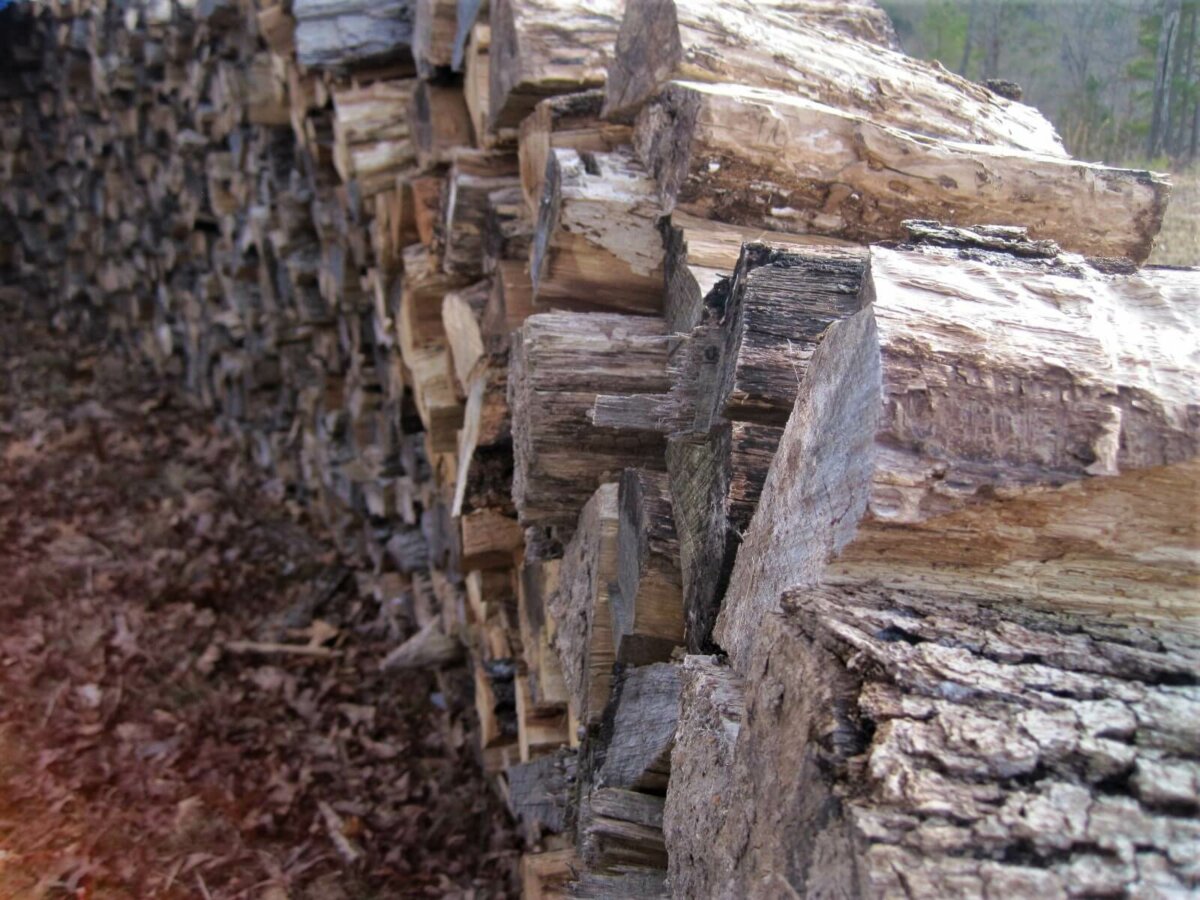
Though cutting trees is nothing to be afraid of, it is a skill that is learned through experience, and not just picking up a saw and hoping for the best. When you are new to this, start with small trees and always go out as a team. Have someone watching the tree and giving you visual clues while you cut.
Also, if you’re blessed to have them accessible, seek advice and guidance from someone who has experience cutting down trees — whether a logger, a knowledgeable neighbor, or a fellow homesteader.
If you’re going to make felling trees for firewood a regular part of your annual routine, learn how to do it as safely as possible. Don’t do it alone, don’t cut a tree that exceeds your skill or tools, and don’t cut on windy days!
When To Gather Free Firewood
The best time of year to gather firewood for the coming winter is during the prior winter. Ideally, you’d want a full year for the split wood to season/dry so that it can burn as cleanly and efficiently as possible. Green wood is full of moisture, and that makes for a low-burning fire that quickly builds up dangerous creosote in the chimney.
Of course, you can’t schedule free firewood opportunities with people. You’ll need to keep an eye out for them year-round. As you gather wood, give yourself an early summer cutoff point for anything you plan to burn the coming winter. After that date, save all your fall and winter-collected wood for use a year later.
Hopefully, this list can help you stock your woodpiles well for next winter, and maybe give you a bit of an adventure, too! As in many situations, all you need to do is take some initiative, ask knowledgeable people some questions, and gather from the abundance that is out there.
What free firewood tips would you add to this list? What are your tips for intrepid woodstove wielders? Let me know in the comments below!


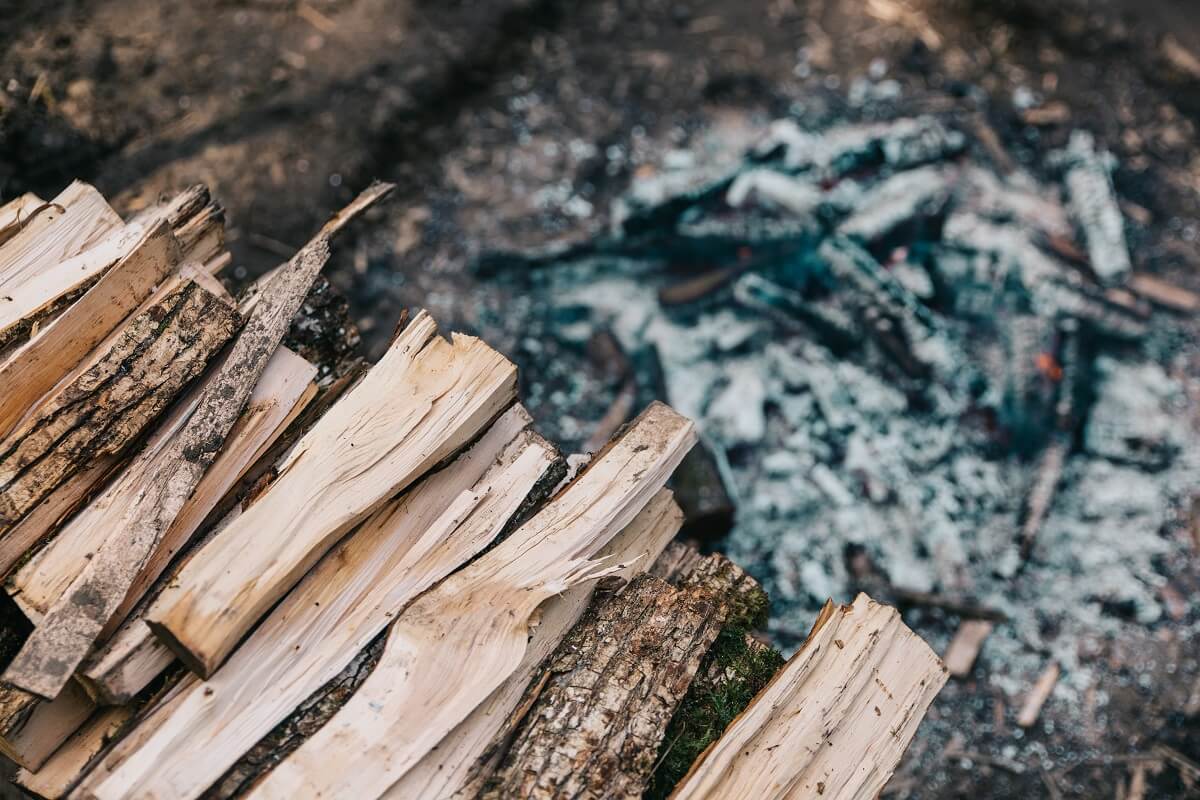
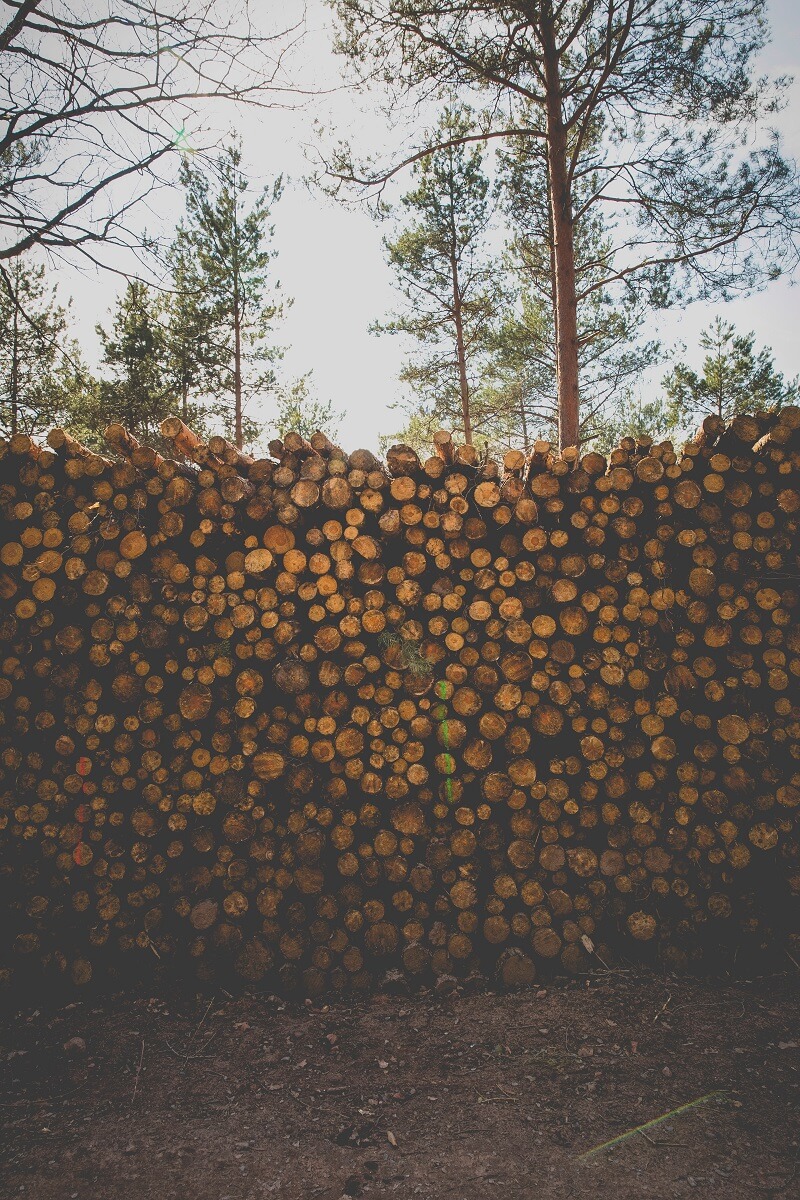
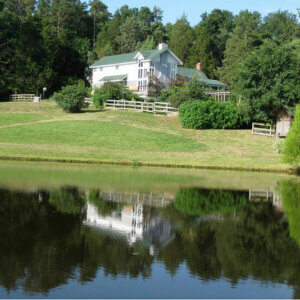



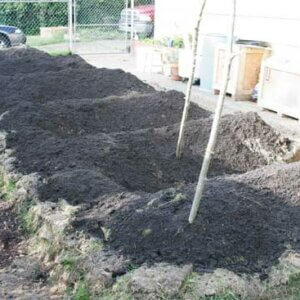











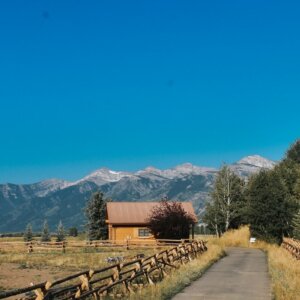



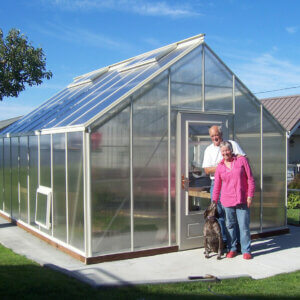






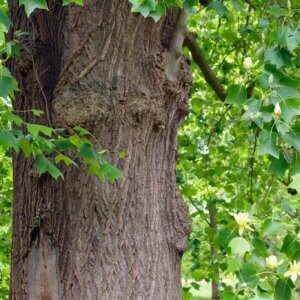










As I read this alarm bells were going off in my head, while it`s great to get “free“ wood, it is important not to move wood from area to area. The devastation caused by the mountain pine beetle and the emerald ash borer to name just two has been immense. If you source wood, make it local.
I appreciate your concern, Jane, but I must admit, I’m not sure what specifically is ringing your alarm bells. As it says in the title of the article, these are sources of firewood NEAR you–and you can’t get any more local than your own woodlot, your neighbor’s dead tree, the national forest adjoining your property, or your local arborist’s extra wood. Pallet wood shouldn’t be a problem either–it’s not made out of ash wood. https://www.1001pallets.com/what-kind-wood-are-pallet-made-of/ and has no bark attached.
If it’s the Craigslist idea that’s bothering you, it’s worth mentioning that you can filter the results to show listings within 25 miles–but all the same, for those uninformed, here’s a list of quarantined counties, state-by-state. http://www.emeraldashborer.info/moving-firewood.php#sthash.0NgN8FIM.hXMJFxyr.dpbs
When you say “make it local,” what could possibly be more local than what’s been listed? If there’s an idea I’ve missed, please reply and let me know–I’d be happy to add it to the article.
Hello Wren,
HS English teacher here..I just wanted to say I have shared your articles on “Insteading” with my students as a preface to reading Walden by Henry David Thoreau. I am fascinated by the tremendous lifestyle change you and your family have undertaken, and I love to read your articles. We are fascinated by your diligence.
Thanks for sharing your experiences with all of us who are curious about something we have fleeting dreams about but may never try.
As a former teacher myself, I’m bashfully honored! I hope your students have enjoyed the stories, and I hope they also know that we’re not particularly exceptional people–we simply decided to do and DID. I hope those fleeting dreams grow feet and end up landing somewhere real–it’s a journey that is VERY worth the taking.
I have one other semi-free idea… barter!
Swapping things you already have for firewood is fantastic in my experience. We have 3 acres of land that our neighbors graze their sheep on. In exchange, or just to say thanks, they give us firewood.
It’s a great deal because we don’t want the responsibility of animals right now, and the sheep are actually helping us out. The wood is a bonus!
But what could you trade for firewood? Excess fruit and veg, use of machinery, a few hours labor doing what you do best?
You can’t beat free, or cheap firewood that’s for sure. I remember as child I would often go with my parents on firewood hunting missions (to places that were always legal) to try and see what we could find. It was like they had struck gold when they found a good pile.
I have free free wood to give a way